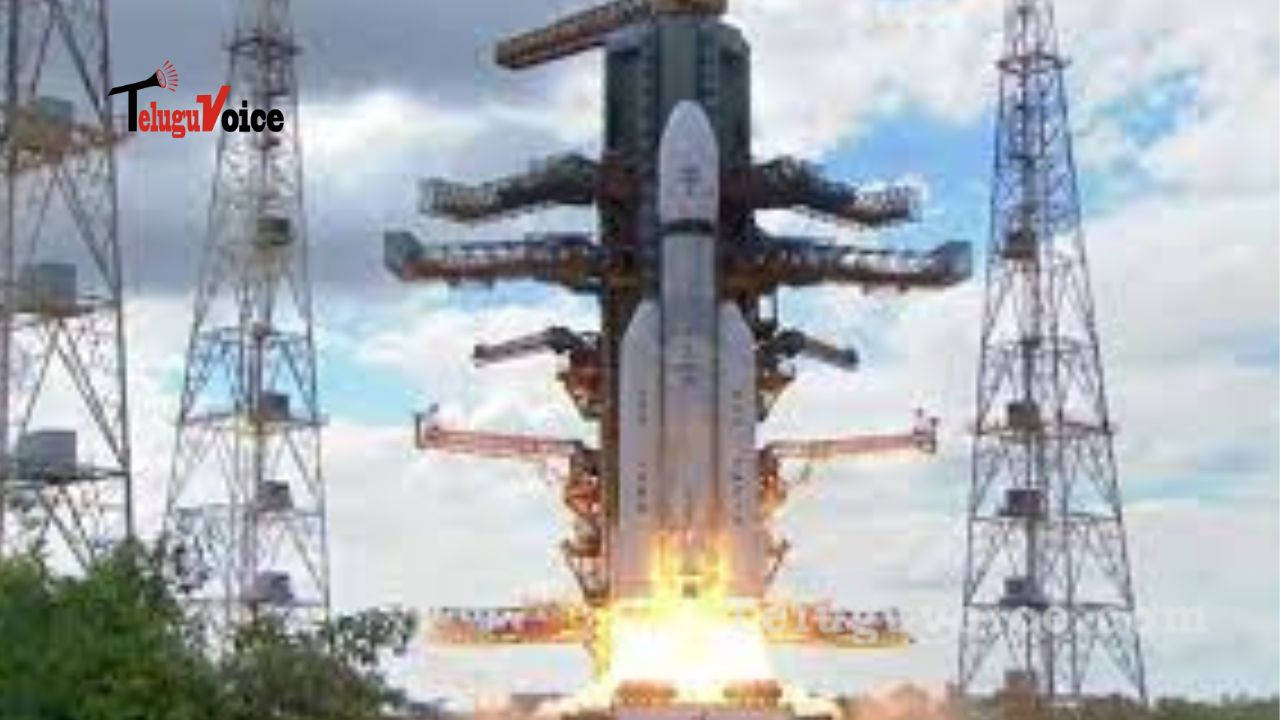Chandrayaan-3: India's Lunar Mission Set to Launch, Boosting Exploration and Advancing Space Technologies

India's third lunar mission, Chandrayaan-3, will significantly advance the country's lunar exploration efforts. In July 2019, the Vikram lander on the previous mission, Chandrayaan-2, crashed during its descent to the moon. Chandrayaan-3 is a significant step toward India's goal of achieving success in lunar exploration.
To demonstrate that humans can safely land on the moon and explore its surface, and to test new technologies for use in future interplanetary missions, is the goal of the Chandrayaan-3 mission. The mission will also serve as a testbed for cutting-edge propulsion, communications, and life support technologies. If it goes as planned, it will be a watershed moment for India’s space program and open the door to interplanetary exploration.
When comparing Chandrayaan-2 and Chandrayaan-3, the spacecraft's layout is a key distinction between the two missions. Lander, rover, and orbiter were all part of Chandrayaan-2, but only the lander and rover will be sent into space on Chandrayaan-3. The lander has been upgraded with sensors, cameras, altimeters, and accurate navigation systems to guarantee a successful landing. These developments are geared toward making land safely and successfully navigating the lunar surface possible.
For India, the launch of Chandrayaan-3 symbolizes its commitment to further lunar exploration and the advancement of space technologies. If it goes as planned, it will be a major step forward for India's space program and pave the way for future missions to the moon and beyond.

 South Africa tour of India 2019
South Africa tour of India 2019










Comments